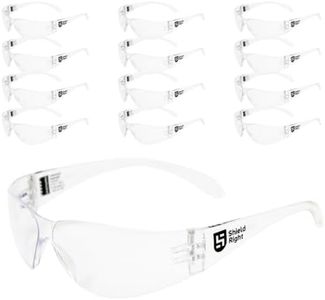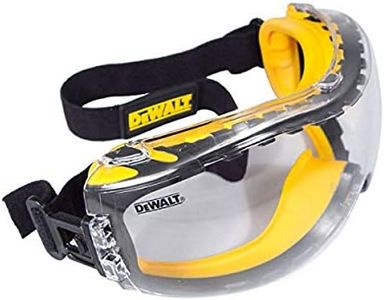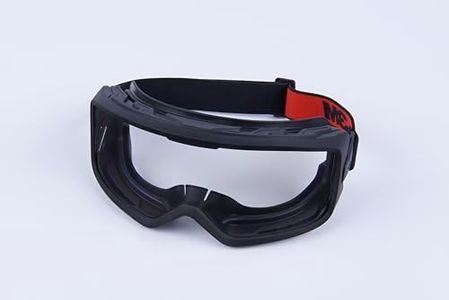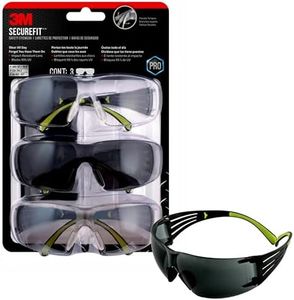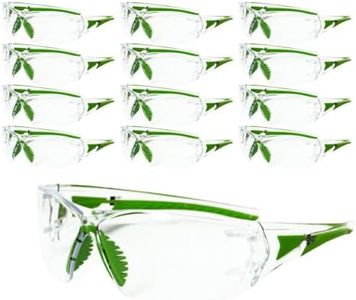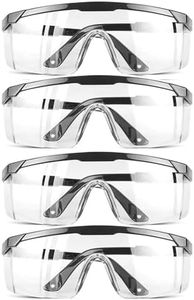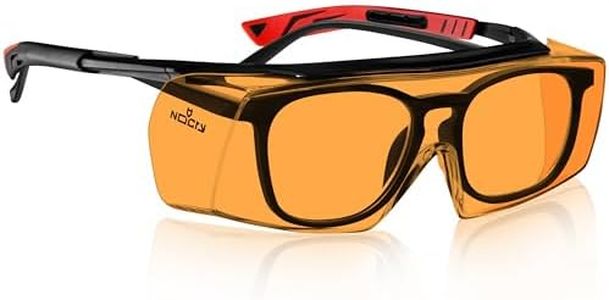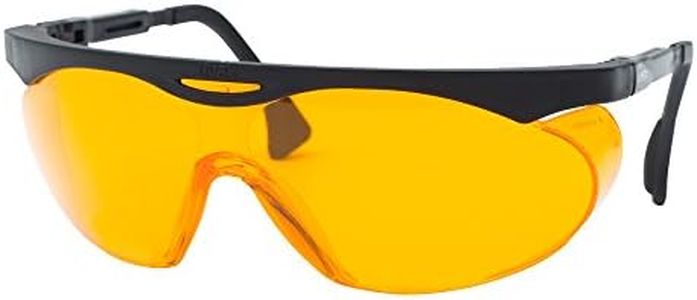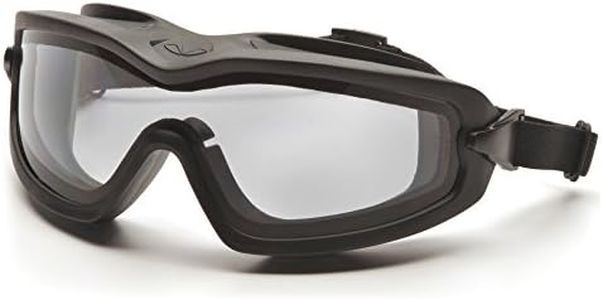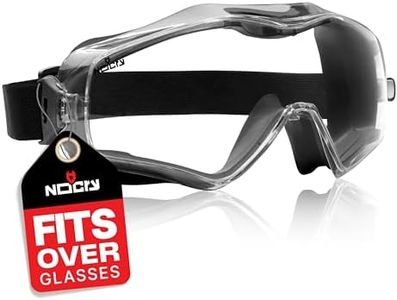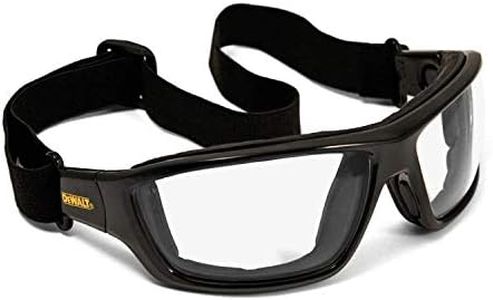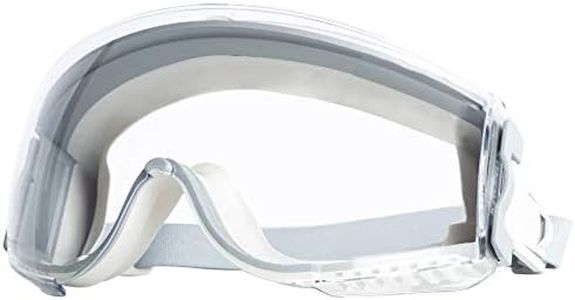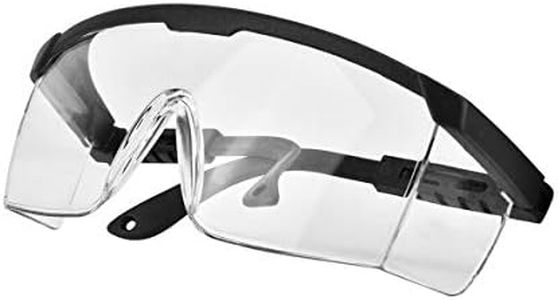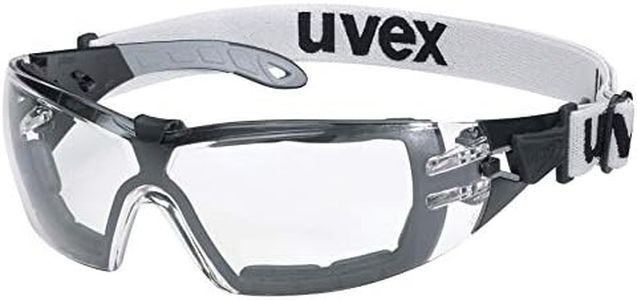We Use CookiesWe use cookies to enhance the security, performance,
functionality and for analytical and promotional activities. By continuing to browse this site you
are agreeing to our privacy policy
10 Best Anti Fog Safety Glasses
From leading brands and best sellers available on the web.Buying Guide for the Best Anti Fog Safety Glasses
Choosing anti-fog safety glasses is important for anyone working in environments where visibility matters and where traditional eyewear can easily fog up. Whether you’re in healthcare, construction, laboratories, or even doing home projects, picking the right pair ensures both your safety and comfort. To find the best fit, it’s essential to understand the key features that affect both the anti-fog capabilities and the overall wearability of the glasses.Anti-Fog CoatingThe anti-fog coating is a special layer applied to the lenses designed to prevent water vapor from condensing on the surface, which is critical for maintaining clear vision in humid or temperature-changing environments. There are different types of anti-fog treatments, including permanent coatings baked into the lens or wipe-on sprays. Permanent coatings generally last longer and require less maintenance, while temporary sprays might need frequent reapplication. Consider your environment: if you’re in constant fogging conditions, look for glasses that advertise extended or permanent anti-fog performance.
Lens MaterialThe lens material affects both the clarity and the durability of the glasses. Most safety glasses use polycarbonate, which is lightweight, impact-resistant, and naturally blocks most UV rays. Some might use other plastics or glass, but polycarbonate is most common due to its good balance of safety and comfort. If you expect a high risk of impact, always opt for certified impact-resistant materials. For lighter tasks, most polycarbonate options will be more than sufficient.
Fit and ComfortFit and comfort determine how long you can wear the glasses without discomfort. Key elements include adjustable arms, nose pads, and overall size. Glasses that are too tight can cause headaches, while loose ones may slip and reduce protection. Many anti-fog safety glasses come in standard and oversized options to fit over prescription eyewear. When choosing, think about how long you’ll wear them and whether you need to fit them over other glasses.
Ventilation DesignVentilation on safety glasses helps reduce fogging by allowing airflow, but the design will influence how well the glasses protect against liquids and particulates. Open or indirect vents allow more air in and can improve anti-fog performance, while sealed designs give better protection from splashes but may be more likely to fog up unless the anti-fog coating is highly effective. Choose a ventilation style that matches your need for either increased airflow or higher protection.
Lens Tint and CoatingLens tint and any extra coatings such as scratch resistance or UV protection can enhance both comfort and safety. Clear lenses are standard for indoor use, tinted lenses can reduce glare outdoors, and mirrored or UV-coated lenses can protect against bright sunlight. If you’re mostly indoors, clear is best; if you know you’ll be dealing with bright, outdoor conditions, consider tinted or UV-protective coatings.
Certification and StandardsLook for glasses that meet recognized safety standards, such as ANSI Z87.1 or EN166, which ensure that the eyewear has passed impact, coverage, and safety tests. Choosing certified glasses is particularly important for industrial or health applications, where protection from hazards is necessary. Always check that the glasses are clearly marked as meeting these standards for your peace of mind.
